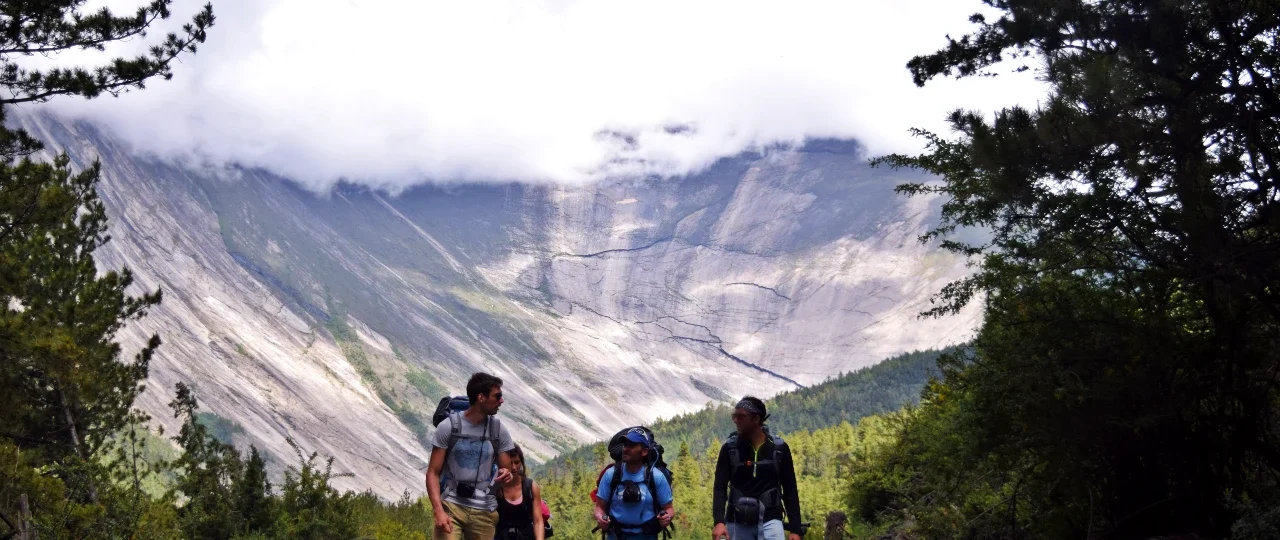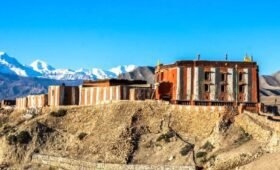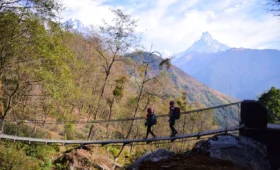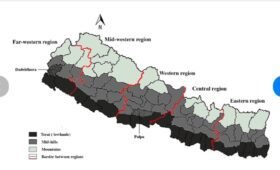Trekking in Nepal is an experience like no other, offering the opportunity to immerse yourself in the stunning natural beauty of the Himalayas while also gaining a deeper appreciation for the culture and way of life of the local people. Whether you’re an experienced trekker or a first-timer, there are a few key things to keep in mind when planning your trek in Nepal.
First and foremost, it’s important to choose the right route for your abilities and interests. There are a wide variety of trekking routes available in Nepal, from easy and short treks like the Poon Hill Trek to more challenging and longer treks like the Annapurna Circuit. Some popular routes include the Everest Base Camp Trek, the Annapurna Sanctuary Trek, and the Langtang Valley Trek. Each route offers its own unique challenges and rewards, so it’s important to do your research and choose a trek that is suitable for your fitness level and experience.
When planning your trek, it’s also important to consider the time of year. The best time to trek in Nepal depends on the route you choose, as well as your own personal preferences. For example, the best time to trek to Everest Base Camp is in the spring (March-May) and the autumn (September-November) when the weather is clear and the views are best. However, the monsoon season (July-August) should be avoided as it can be very wet and landslides are common.
In terms of gear, it’s important to have the right equipment for your trek. This includes good quality hiking boots, comfortable and quick-drying clothing, a warm jacket, and a good quality sleeping bag. You should also consider investing in a good quality backpack, as well as a water filter and a headlamp. It’s also a good idea to bring a small medical kit with basic first aid items such as band-aids, painkillers, and anti-inflammatory medication.
When it comes to trekking in Nepal, it’s also important to be prepared for the altitude. Altitude sickness can affect anyone, regardless of fitness level, so it’s important to take your time and acclimatize properly. This means taking it easy on the first few days of your trek, drinking plenty of water, and avoiding alcohol and tobacco.
Finally, it’s important to be respectful of the local culture and way of life. This means following local customs and traditions, as well as being mindful of the environment and leaving no trace.



